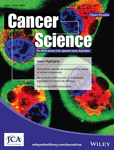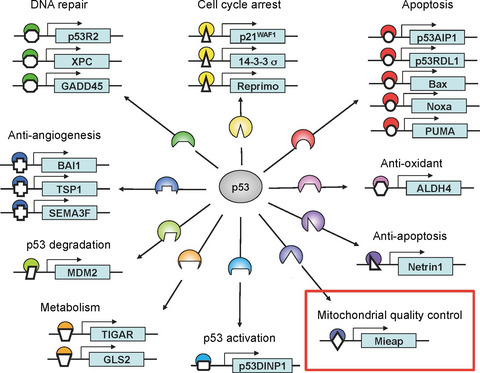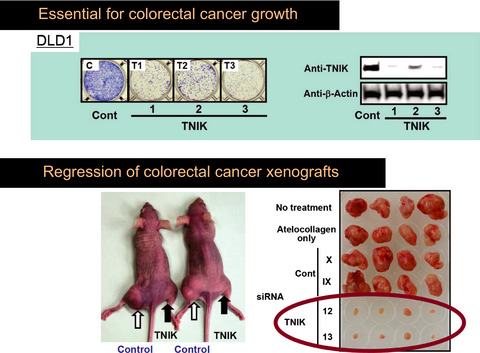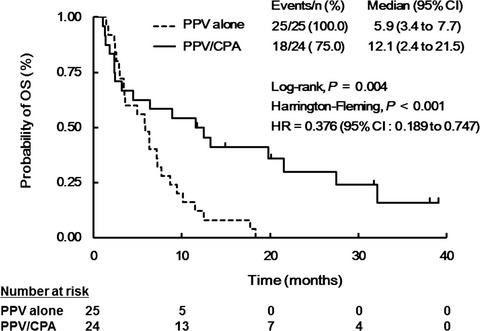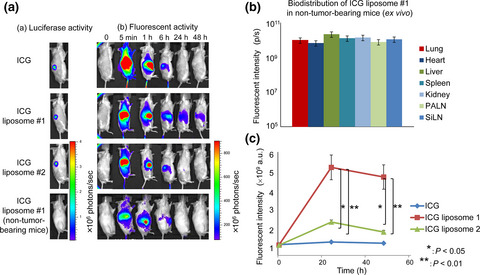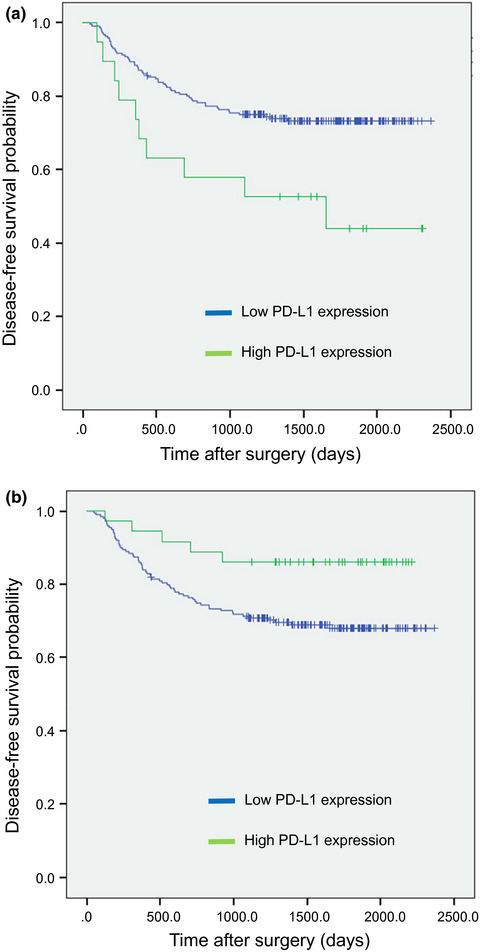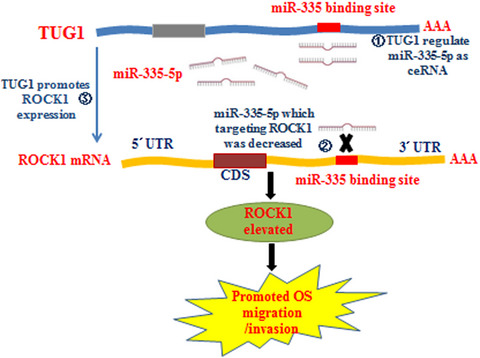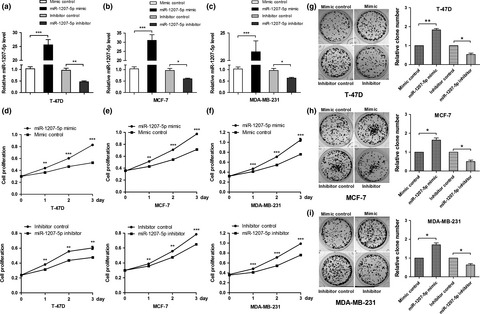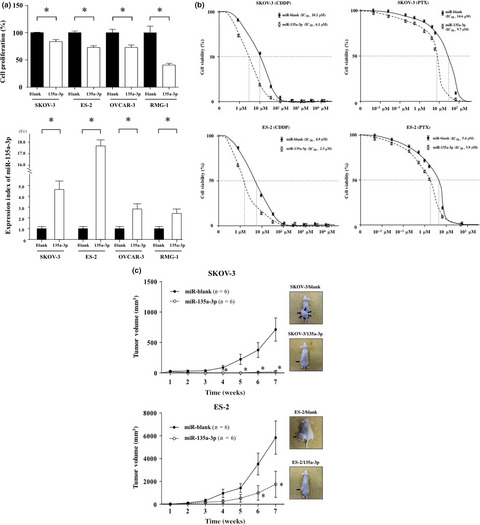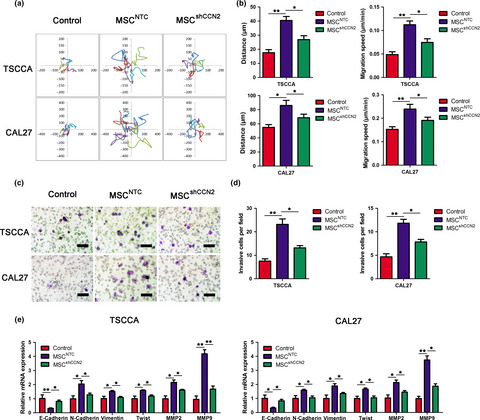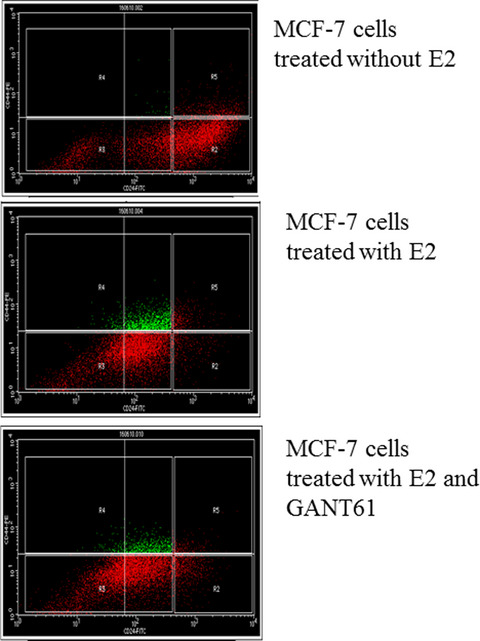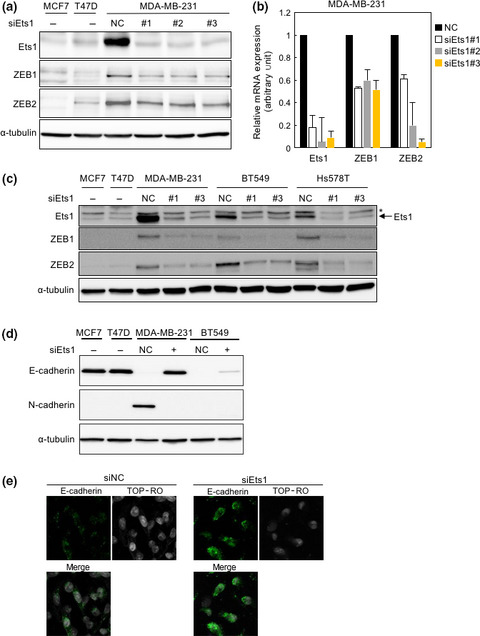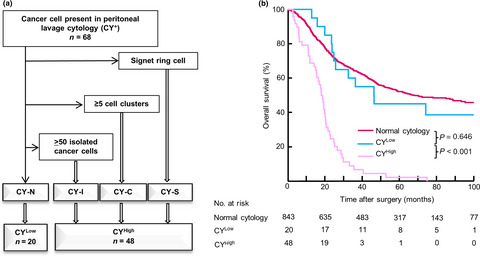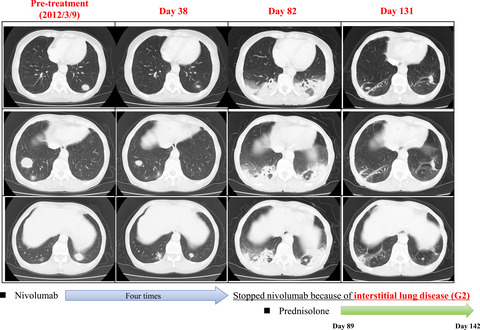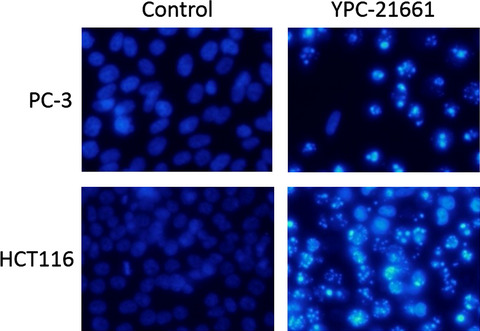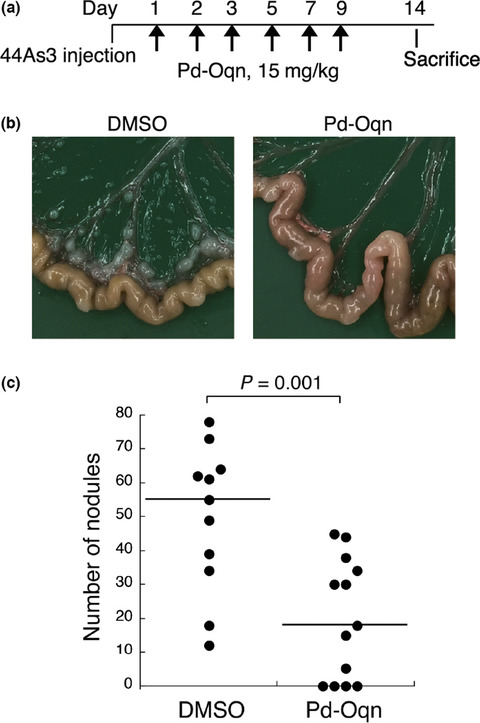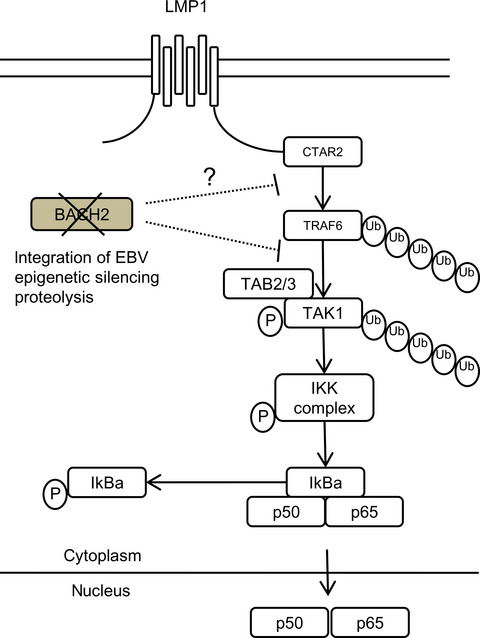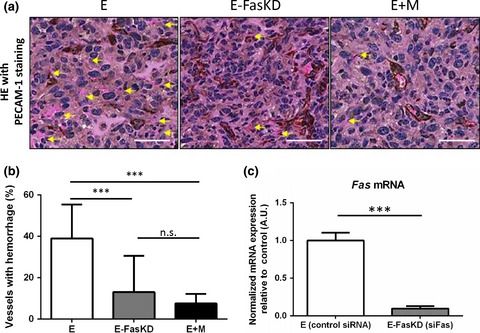Journal list menu
Export Citations
Download PDFs
ISSUE INFORMATION
Issue Information
- Pages: 805-807
- First Published: 30 May 2017

Cover of this issue. Mieap-induced vacuoles eat mitochondria. See also Nakamura et al. (pp. 809–817 of this issue).
IN THIS ISSUE
REVIEW ARTICLES
Discovery of Mieap-regulated mitochondrial quality control as a new function of tumor suppressor p53
- Pages: 809-817
- First Published: 21 February 2017
Emergence of TNIK inhibitors in cancer therapeutics
- Pages: 818-823
- First Published: 16 February 2017
Extracellular vesicles as trans-genomic agents: Emerging roles in disease and evolution
- Pages: 824-830
- First Published: 03 March 2017
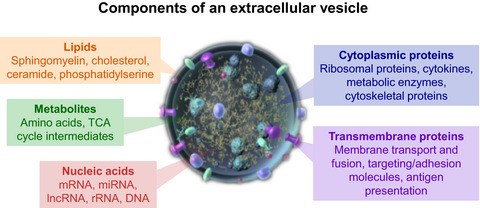
In this review paper, we describe the biological significance of genetic material in extracellular vesicles (EVs), with particular focus on the EV-mediated transfer of DNA and retrotransposon elements. We describe the functional impacts of horizontal gene transfer by EVs in the development of genetically influenced diseases such as cancer and neurodegenerative diseases. We also discuss the potential involvement of EVs in the transfer of retrotransposon elements across species, and their potential impacts in genome modulation in evolution.
Recent advances in genetic modification of adenovirus vectors for cancer treatment
- Pages: 831-837
- First Published: 07 March 2017
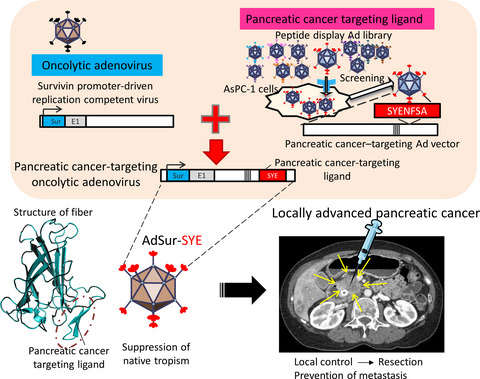
The first part of this review outlines recent progress in the genetic modification of adenovirus vectors for cancer treatment. In the second part of this review, we explain that combining cancer-targeting strategies can be a promising approach to increase the clinical usefulness of oncolytic adenovirus vectors.
ORIGINAL ARTICLES
BASIC AND CLINICAL IMMUNOLOGY
A randomized phase II trial of personalized peptide vaccine with low dose cyclophosphamide in biliary tract cancer
- Pages: 838-845
- First Published: 11 February 2017
Evaluation of the enhanced permeability and retention effect in the early stages of lymph node metastasis
- Pages: 846-852
- First Published: 17 February 2017
Prognostic value of programmed death-ligand 1 expression in patients with stage III colorectal cancer
- Pages: 853-858
- First Published: 07 March 2017
CARCINOGENESIS
Long non-coding RNA TUG1 promotes migration and invasion by acting as a ceRNA of miR-335-5p in osteosarcoma cells
- Pages: 859-867
- First Published: 15 February 2017
PVT1-derived miR-1207-5p promotes breast cancer cell growth by targeting STAT6
- Pages: 868-876
- First Published: 24 February 2017
Transcriptomic analyses of RNA-binding proteins reveal eIF3c promotes cell proliferation in hepatocellular carcinoma
- Pages: 877-885
- First Published: 23 February 2017
MicroRNA-135a-3p as a promising biomarker and nucleic acid therapeutic agent for ovarian cancer
- Pages: 886-896
- First Published: 23 February 2017
CELL, MOLECULAR, AND STEM CELL BIOLOGY
Mesenchymal stem cell-derived CCN2 promotes the proliferation, migration and invasion of human tongue squamous cell carcinoma cells
- Pages: 897-909
- First Published: 16 February 2017
Nardilysin promotes hepatocellular carcinoma through activation of signal transducer and activator of transcription 3
- Pages: 910-917
- First Published: 16 February 2017
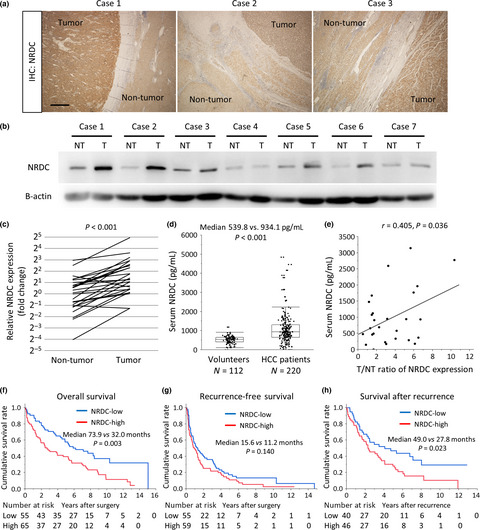
We investigated the role of nardilysin (NRDC) in the promotion of HCC, and showed that (i) NRDC is up-regulated in HCC tissue; (ii) high serum NRDC is associated with increased tumor size and poor prognosis among patients with hepatitis C; (iii) diethylnitrosamine-induced hepatocarcinogenesis is suppressed in NRDC-deficient mice; and (iv) NRDC promotes the growth of HCC spheroids via activation of STAT3. These results indicate that NRDC is a promising prognostic marker for HCC in patients with hepatitis C, and that NRDC could be a therapeutic target for HCC.
Anti-cancer stem cell activity of a hedgehog inhibitor GANT61 in estrogen receptor-positive breast cancer cells
- Pages: 918-930
- First Published: 17 February 2017
Enhanced expression of the M2 isoform of pyruvate kinase is involved in gastric cancer development by regulating cancer-specific metabolism
- Pages: 931-940
- First Published: 24 February 2017
PI(3,4)P2 plays critical roles in the regulation of focal adhesion dynamics of MDA-MB-231 breast cancer cells
- Pages: 941-951
- First Published: 01 March 2017
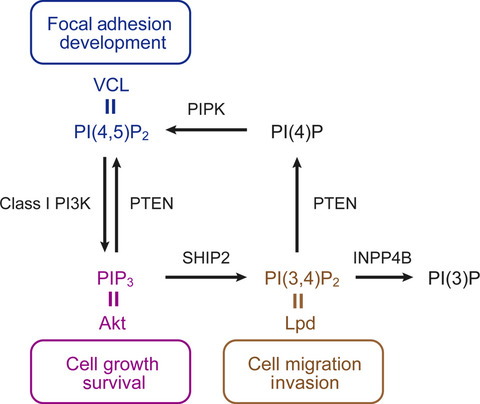
Phosphoinositides have distinct roles in basal breast cancer phenotypes. In MDA-MB-231 cells, which have high PTEN expression, PTEN predominantly regulates PIP3 levels, and is related to PI3-kinase signaling. In contrast, SHIP2 plays a role in the generation of PI(3,4)P2, which in turn leads to Lpd signaling and lamellipodia formation.
Ets1 and ESE1 reciprocally regulate expression of ZEB1/ZEB2, dependent on ERK1/2 activity, in breast cancer cells
- Pages: 952-960
- First Published: 01 March 2017
Metabolic characterization of invaded cells of the pancreatic cancer cell line, PANC-1
- Pages: 961-971
- First Published: 03 March 2017
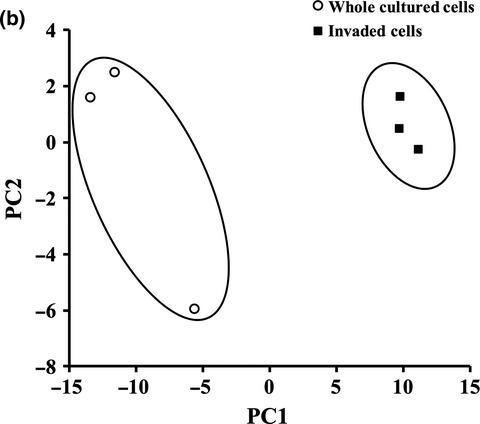
To identify the metabolic characterization specific in the invaded PANC-1 cells, metabolome analysis of the invaded PANC-1 compared with the whole cultured PANC-1 was performed using CE-TOFMS. We proposed that invaded cells have unique metabolic profiles, especially higher consumption of ATP and GTP, with assumed activation of ATP- or GTP-generating pathways, and higher oxidative stress but with resistance to that stress.
CLINICAL RESEARCH
Proton beam therapy for bone sarcomas of the skull base and spine: A retrospective nationwide multicenter study in Japan
- Pages: 972-977
- First Published: 09 February 2017
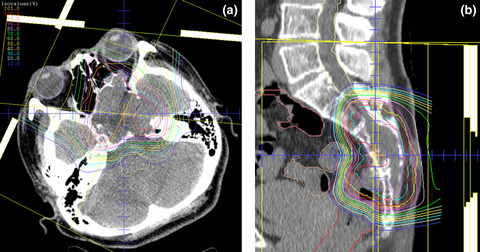
This study is the first to demonstrate the safety and efficacy of proton beam therapy for bone sarcomas of the skull base and spine on a nationwide multicenter basis in Japan. Univariate and multivariate analyses revealed that performance status is a significant factor for overall survival and progression-free survival, and sex is a significant factor for local control.
Intraoperative peritoneal lavage cytology offers prognostic significance for gastric cancer patients with curative resection
- Pages: 978-986
- First Published: 03 March 2017
Randomized phase II study of nab-paclitaxel as first-line chemotherapy in patients with HER2-negative metastatic breast cancer
- Pages: 987-994
- First Published: 03 March 2017
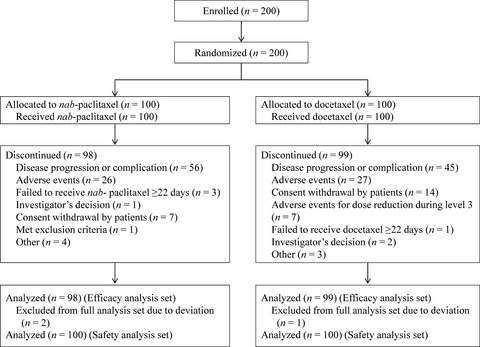
We conducted a multicenter, randomized, open-label phase II study to compare the efficacy and safety of weekly nab-paclitaxel and docetaxel in Japanese patients with human epidermal growth factor receptor 2-negative metastatic breast cancer. In this study, although PFS, primary endpoint, did not show superiority in weekly nab-paclitaxel 150 mg/m2, compared with docetaxel, efficacy outcomes were similar in patients treated with weekly nab-paclitaxel and docetaxel. Safety was as expected for nab-paclitaxel and docetaxel; no new profiles were observed, and the frequency of febrile neutropenia was higher in the docetaxel arm. A better understanding of the safety and efficacy profiles of each drug will allow personalized treatments to be proposed based on the individual patient's characteristics.
Quality evaluation of investigator-initiated trials using post-approval cancer drugs in Japan
- Pages: 995-999
- First Published: 07 March 2017
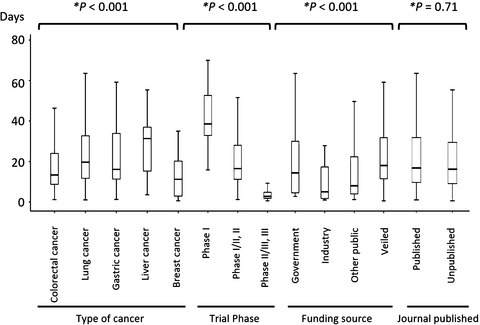
Investigator-initiated trials (IITs) are important aspects of medical research in an academic institution, and have contributed substantially to modern oncology. The quality of a clinical trial is evaluated by several factors, including registration to a trial database, publication rate, time to publication of trial results, funding source-related reporting, reporting of trial results, trials conducted by a secure cooperative group, and accomplishment of trial enrolment. Multiple IITs using approved cancer drugs have been performed; however, the quality of clinical trials was not high-grade in terms of publication rate, time to publication for trial results, and accrual achievement.
Efficacy and safety of nivolumab in Japanese patients with advanced or recurrent squamous non-small cell lung cancer
- Pages: 1000-1006
- First Published: 07 March 2017
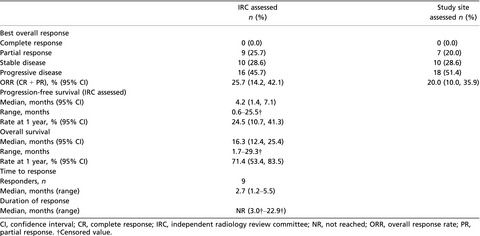
In this multicentre phase II study, the efficacy and safety of nivolumab was evaluated in 35 Japanese patients with advanced or recurrent squamous non-small cell lung cancer. Treatment consisted of 3mg/kg intravenouos injections every two weeks in six weeks cycles until progressive disease or unacceptable toxicity. The centrally-assessed overall response rate was 25.7% (95% confidence interval 14.2, 42.1). The median OS, median time to response and median PFS were 16.3 (95% CI 12.4–25.4), 2.7 (range 1.2–5.5) and 4.2 (95% CI 1.4–7.1) months, respectively. Treatment-related adverse events were reported in 24 patients (68.6%). Most resolved with appropriate treatment.
Multicenter phase II study of nivolumab in Japanese patients with relapsed or refractory classical Hodgkin lymphoma
- Pages: 1007-1012
- First Published: 07 March 2017
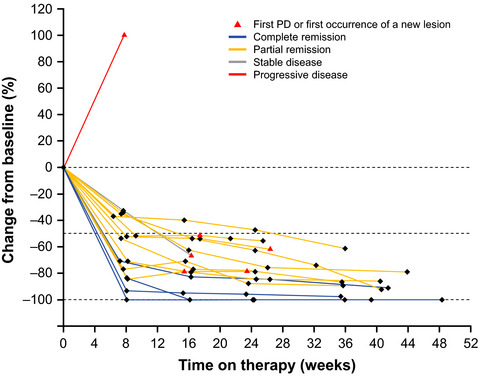
We examined the efficacy and safety of nivolumab, a programmed death-1 (PD-1)-blocking antibody, in a phase 1 trial in 17 Japanese patients with refractory/relapsed classical Hodgkin lymphoma previously treated with brentuximab vedotin. The results indicate that nivolumab is a potentially effective treatment option that achieved relevant decreases in tumor size. Nivolumab was also tolerable in this cohort of patients.
Phase 1 study of OCV-C02, a peptide vaccine consisting of two peptide epitopes for refractory metastatic colorectal cancer
- Pages: 1013-1021
- First Published: 07 March 2017
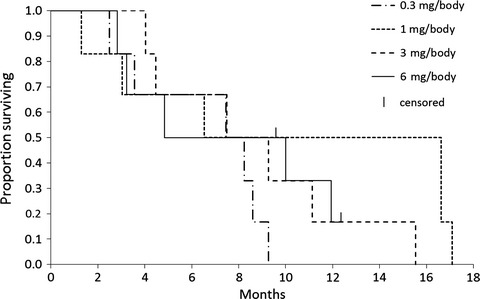
OCV-C02 is a peptide vaccine consisting of two peptide epitopes derived from ring finger protein 43 (RNF43) and translocase of outer mitochondrial membrane 34 (TOMM34). This Phase 1 study was conducted to evaluate safety and tolerability, preliminary efficacy and immunological responses following OCV-C02 administration in refractory metastatic colorectal cancer patients. Overall, results showed that OCV-C02 at doses of 0.3, 1, 3, and 6 mg/body was safe and well tolerated, with clinically meaningful superiority in terms of median OS over that observed in studies of recent drugs.
Cytokine biomarkers to predict antitumor responses to nivolumab suggested in a phase 2 study for advanced melanoma
- Pages: 1022-1031
- First Published: 07 March 2017
DRUG DISCOVERY AND DELIVERY
SNIPER(TACC3) induces cytoplasmic vacuolization and sensitizes cancer cells to Bortezomib
- Pages: 1032-1041
- First Published: 13 February 2017
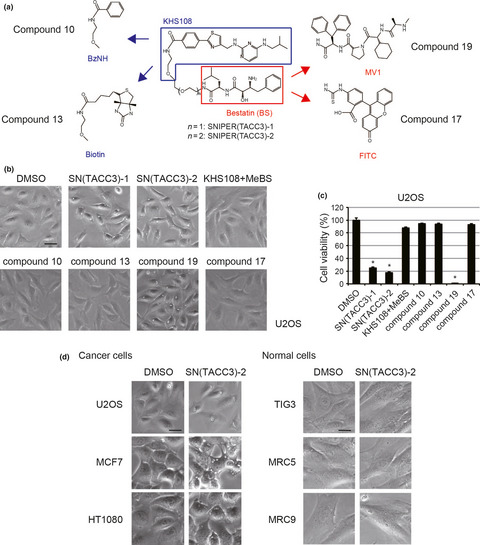
We previously developed a hybrid small molecule SNIPER (Specific and Nongenetic IAP-dependent Protein ERaser) against transforming acidic coiled-coil-3 (TACC3), SNIPER(TACC3), that induces proteasomal degradation of TACC3 protein. In this study, we found that SNIPER(TACC3) induces cytoplasmic vacuolization derived from endoplasmic reticulum (ER) and paraptosis-like cell death selectively in cancer cells. We also found that SNIPER(TACC3) sensitizes cancer cells to bortezomib and suggest that SNIPER(TACC3) could be applied to treat cancer cells resistant to undergo apoptosis.
YPC-21661 and YPC-22026, novel small molecules, inhibit ZNF143 activity in vitro and in vivo
- Pages: 1042-1048
- First Published: 13 February 2017
Novel small molecule inhibiting CDCP1-PKCδ pathway reduces tumor metastasis and proliferation
- Pages: 1049-1057
- First Published: 03 March 2017
EPIDEMIOLOGY AND PREVENTION
Soft palatal melanosis, a simple predictor for neoplasia in the upper aerodigestive tract in Japanese alcoholic men
- Pages: 1058-1064
- First Published: 20 February 2017
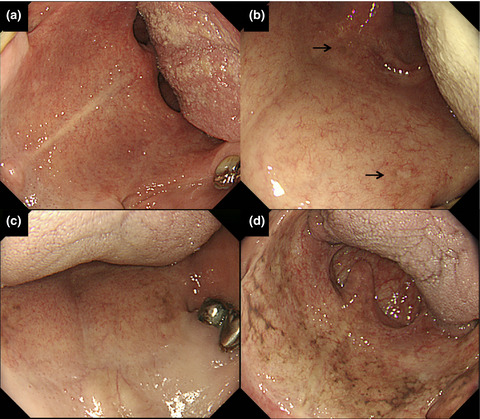
The present study demonstrated that soft palatal melanosis was positively associated with upper aerodigestive tract (UAT) neoplasia, and distinct melanosis showed a stronger association. In addition, soft palatal melanosis combined with other simple risk assessments provides a simple new strategy for identifying heavy drinkers with a high risk for UAT neoplasia. Our new risk assessment strategy using the detection of soft palatal melanosis might be helpful for persuading high-risk patients to perform endoscopic screening and for detecting early neoplasms in the UAT.
Meat consumption and colorectal cancer risk in Japan: The Takayama study
- Pages: 1065-1070
- First Published: 03 March 2017
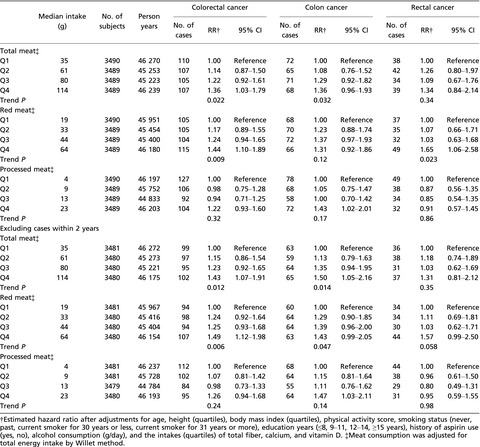
Evidence regarding meat consumption and colorectal cancer is limited in the Japanese population. A prospective study in Japan demonstrated the increased risk of colorectal or colon cancer among men with high intake of red and processed meat. Reduced meat consumption might protect against colorectal cancer.
PATHOLOGY
Frequent downregulation of BTB and CNC homology 2 expression in Epstein–Barr virus-positive diffuse large B-cell lymphoma
- Pages: 1071-1079
- First Published: 02 March 2017
Regulation of endothelial Fas expression as a mechanism of promotion of vascular integrity by mural cells in tumors
- Pages: 1080-1088
- First Published: 01 March 2017
LETTER TO THE EDITOR
In response to Sharing different perspectives to understand asbestos-induced carcinogenesis: A comment to Jiang et al. (2016) by Alessandro Francesco Gualtieri (2017)
- Pages: 1089-1090
- First Published: 30 May 2017




